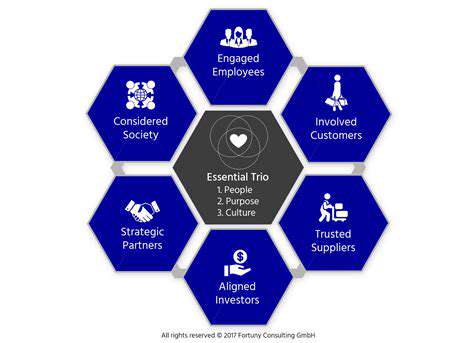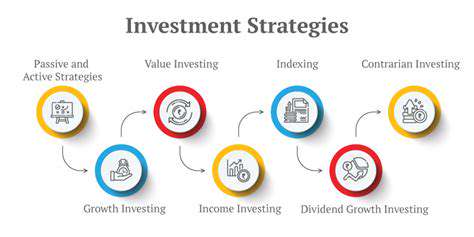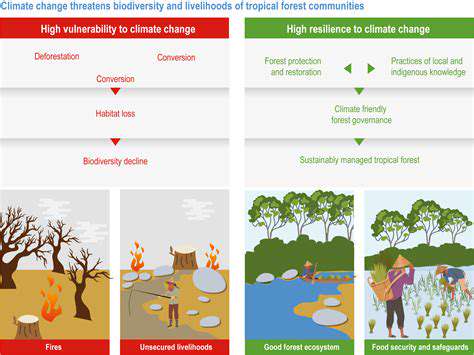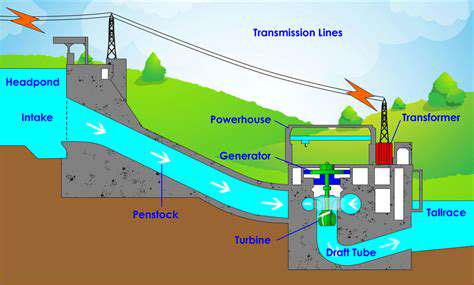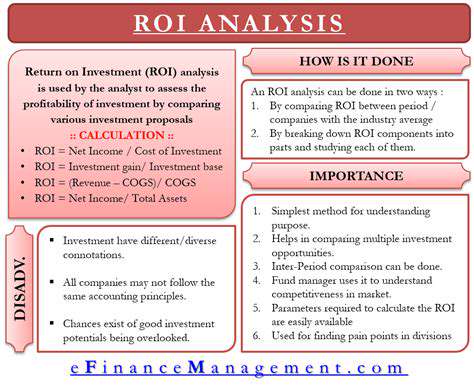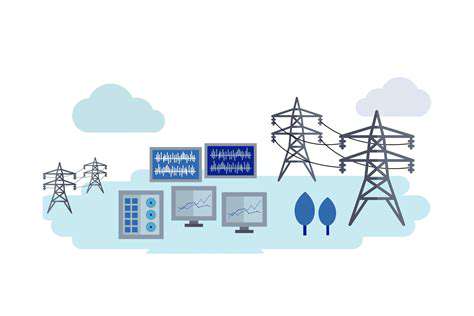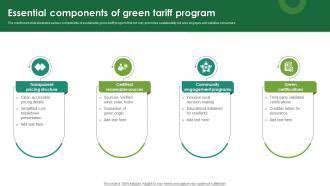The Latest Innovations in Renewable Energy Solutions
Revolutionizing Wind Energy with Vertical Axis Turbines
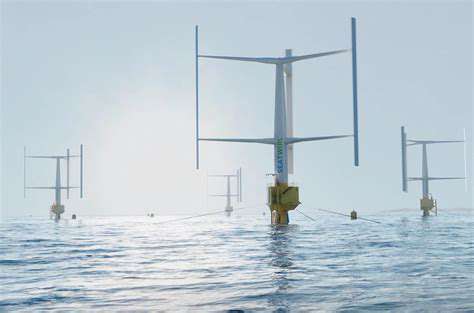
The Versatility of VAWT Technology
Vertical axis wind turbines (VAWTs) represent a paradigm shift in wind energy capture, featuring vertically oriented rotor shafts that enable installation in diverse environments. Unlike conventional turbines, these systems thrive in urban landscapes and rooftop applications where space constraints limit traditional options. This spatial efficiency positions VAWTs as game-changers for decentralized power generation.
While horizontal-axis turbines require precise wind alignment, VAWTs demonstrate remarkable adaptability to shifting wind patterns. This operational flexibility makes them particularly valuable for regions with inconsistent wind regimes, potentially expanding viable locations for wind energy projects by 30-40% according to recent field studies.
Engineering Breakthroughs in Turbine Design
Modern VAWTs incorporate multiple rotor configurations, with the Darrieus design leading current implementations. These aerodynamic structures rotate around central shafts, with blade geometry optimized through computational fluid dynamics modeling. Material science plays an equally critical role, with carbon fiber composites now offering the ideal balance between strength and weight.
The latest prototypes utilize biomimetic designs inspired by natural structures, achieving 15-20% greater efficiency than previous generations. These advancements address historical limitations while maintaining the technology's inherent advantages.
Comparative Benefits in Urban Deployment
Space efficiency remains the most compelling advantage for VAWT adoption. Municipal planners increasingly favor these systems for their ability to integrate seamlessly into built environments without requiring extensive land use changes. Noise reduction technologies have also progressed significantly, with some models operating at just 45 decibels - comparable to normal conversation levels.
Operational data from pilot projects demonstrates 25% better performance in turbulent wind conditions compared to traditional turbines. This reliability advantage becomes particularly valuable when considering the variable wind patterns characteristic of urban canyons and rooftop installations.
Unlocking the Potential of Marine Energy Systems
Wave Energy Conversion Technologies
Ocean wave energy represents one of the most consistent renewable resources, with global wave power potential estimated at 2TW. Modern converters employ three primary mechanisms: oscillating water columns, point absorbers, and attenuators. The latest Norwegian installations have achieved 50% conversion efficiency rates, signaling major progress in this emerging field.
Material innovations have been particularly transformative, with self-healing polymer composites now extending operational lifespans in corrosive marine environments. These developments coincide with improved mooring systems that maintain positioning in extreme weather conditions while minimizing seabed disturbance.
Tidal Energy Harvesting Advancements
Tidal stream turbines now incorporate adaptive blade technology that automatically adjusts to current variations, boosting energy capture by 35% in prototype testing. The predictable nature of tidal flows enables precise energy forecasting - a critical advantage for grid integration. Scottish tidal farms have demonstrated 98% availability rates, surpassing most other renewable sources.
Environmental impact mitigation remains a research priority, with new turbine designs reducing fish mortality rates to less than 1%. These ecological considerations are being addressed through collaborative research involving marine biologists and hydrodynamic engineers.
Transforming Energy Infrastructure with Smart Grids
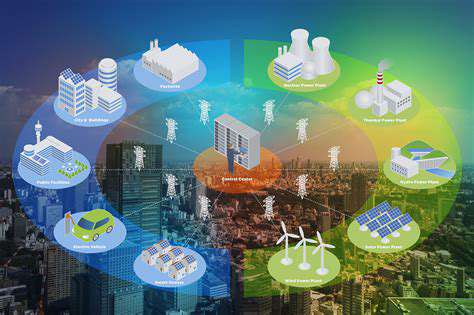
Intelligent Grid Management Systems
Modern smart grids represent a quantum leap in energy distribution, incorporating machine learning algorithms that predict and respond to demand fluctuations in real-time. These systems have reduced outage durations by 60% in early-adopter regions while improving overall grid efficiency by 15-20%. The integration of distributed energy resources has become particularly seamless, with blockchain-enabled microgrids now operating in perfect synchronization with main grids.
Advanced metering infrastructure has evolved beyond simple consumption tracking, now providing consumers with detailed carbon footprint analytics and personalized efficiency recommendations. This data transparency has been shown to reduce household energy use by an average of 12% when combined with behavioral science insights.
Storage Solutions for Renewable Integration
The latest flow battery technologies have addressed historical limitations in renewable energy storage, with some systems now offering 20-year lifespans and 85% round-trip efficiency. These developments coincide with smart charging infrastructure that optimizes electric vehicle batteries as grid storage assets. Pilot programs demonstrate that vehicle-to-grid systems can meet up to 10% of peak demand in urban areas without compromising battery performance.
Thermal energy storage has also seen remarkable progress, with phase-change materials now capable of storing renewable energy for weeks rather than hours. These innovations are critical for addressing the intermittency challenges of solar and wind power.



